Last updated on March 27, 2024

Doppelgang | Illustration by Chris Rallis
Murders at Karlov Manor is a murder-mystery themed MTG set, and it’s bringing with it a bunch of new mechanics that are based around that theme. One of the best-flavored ones is disguise, a play on a fan-favorite mechanic, morph!
What riddles does disguise present us with, though? Let’s investigate together….
How Does Disguise Work?
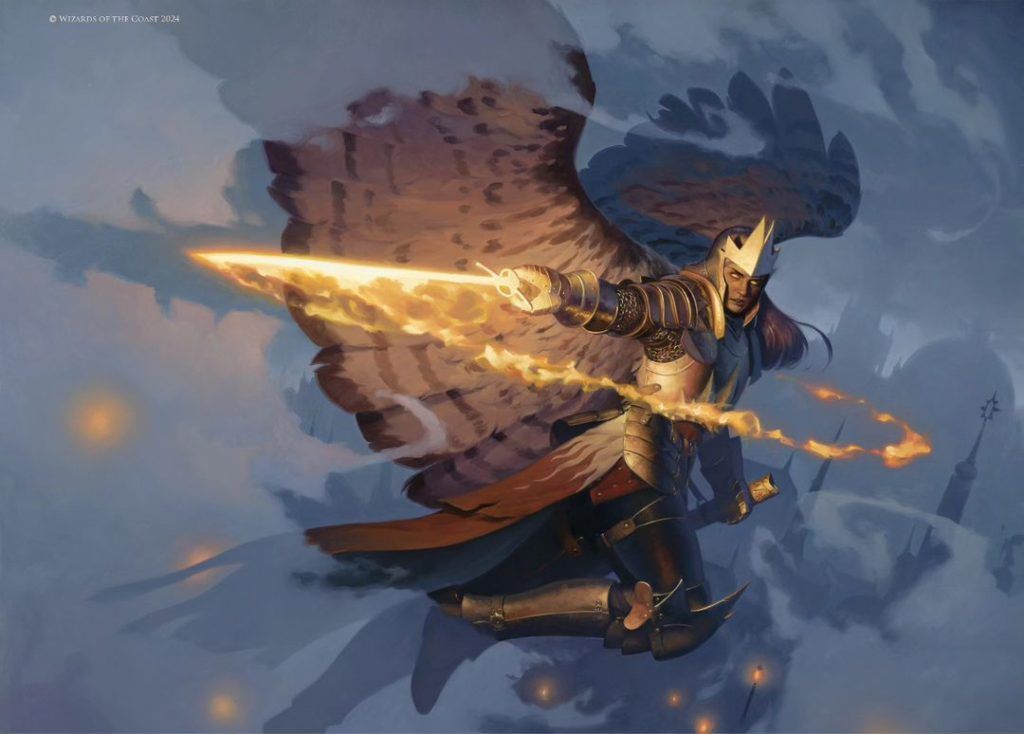
Aurelia's Vindicator | Illustration by Victor Adame Minguez
If you know how morph works, you’re in luck, as disguise works in pretty much the same way. The difference with disguise is that the face-down creature has ward 2, which was an attempt to make morph more powerful for modern-day power levels.
If you’ve not played with morph cards before, each disguise card has a disguise cost. You may cast the disguise card at any time and play it face-down for . While face-down, it’s a 2/2 creature with ward 2, no name, and no creature types. You can turn it face up at any time by playing its disguise cost. Note that turning the disguised creature isn’t classed as casting it or transforming it.
You may look at face-down cards you control at any time. However, you can’t look at face-down cards your opponents control, and you don’t get to see what your opponent is playing face-down when they cast it for the disguise cost.
While a creature is disguised, it doesn’t have a name or a creature type (unless it’s given one by another effect, of course!)
The History of Disguise in MTG
Disguise first appeared in Murders at Karlov Manor in 2024, and to date it’s the only set which has had disguise in it. MKM includes 36 disguise cards. There were also 4 cards with disguise included in the Commander precon decks in Murders at Karlov Manor, all in the Deadly Disguise deck.
When Can You Disguise?
You can cast a card with disguise face-down for mana at any time you could normally cast a creature spell.
When Can You Activate a Face-Down Disguised Creature?
You can activate a disguise on a face-down creature at any time you have priority, providing there’s not an effect preventing you from doing so, like the ability on Karlov Watchdog.
How Does Disguise Work With the Stack?
When you cast a disguise creature, you can do it at any time you’d normally be able to cast a creature spell, as it’s simply a different way to cast it. It uses the stack like any other spell, and it your opponent can respond to it (or you can if you hold priority).
However, turning a disguise card face up for its disguise cost is different. This is a special action that doesn’t use the stack, and therefore can’t be responded to in any way.
Is Disguise an Activated Ability?
Disguise isn’t an activated ability. When turning a card face-up for its disguise cost, it’s classed as a special action.
Can You Flip a Disguised Creature the Same Turn It Entered?
Yes, there’s nothing stopping you from casting a creature face-down, then turning it face-up in the same turn.
Can You Stifle Disguise?
No, Stifle can’t target turning the disguised creature face-up, as this isn’t an activated ability or triggered ability.
Note, you can counter the initial casting of the face-down card with something like Essence Scatter.
Does Flipping a Disguised Creature Count as Entering the Battlefield?
No, turning a disguised creature face-up doesn’t count as it entering the battlefield.
Do Disguised Creatures Have Summoning Sickness?
Yes, when you cast a disguised creature face-down, it has summoning sickness.
What About After You Turn Them Face Up?
If you turn a face-down creature that has lost its summoning sickness face-up, it doesn’t get summoning sickness again, and you can attack with it immediately. It only retains summoning sickness if you turn a disguised creature face-up during the same turn you cast it.
Do You Have to Reveal a Disguised Creature if It Dies?
Yes, you need to reveal all face-down creatures when they die or are exiled. You also need to do this if it’s returned to hand with a bounce effect like Unsummon, or if it moves to any other zone at all from the battlefield. Similarly, you need to reveal a face-down spell from the stack if it changes zones (like if it’s returned to your hand with Remand).
What if You Flicker a Disguised Creature?
If you flicker a face-down creature, it returns to the battlefield face-up. This isn’t classed as turning the card face-up, so any effects that occur when this happens don’t trigger.
Disguised vs. Cloaked
Cloaked cards are identical to disguised cards when face-down. The difference between the two abilities is that cloak is an ability that can be applied to any card, not just those with disguise on them. You can turn a cloaked creature face-up by paying its mana cost.
Disguised vs. Morphed
Disguised and morphed are almost identical, except a face-down creature that has been disguised has ward 2, whereas morph creatures are just vanilla 2/2s.
Disguised vs. Manifest
Manifested cards are vanilla 2/2s, just like morphed creatures. They don’t have ward 2, unlike disguised or cloaked cards. You can only turn a manifested creature face-up for its mana cost.
Disguised vs Megamorph
Megamorph cards are identical to morph cards when face-down. This means that they don’t have the ward 2 ability, which is on disguised cards. The only difference between morphed cards and megamorphed cards is that when a creature with megamorph is turned up for its megamorph cost, it gains a +1/+1 counter.
Do All Disguise Creatures Cost Five Mana or More to Turn Over?
Similar to morph, there’s a bit of an unwritten rule in disguise card design. Basically, unless the disguise cost is greater than 5 mana, the face-up creature trades with a 2/2 (or they bounce off each other). This helps both simplify and complicate combat math, but it gives you a little information on what your opponent can do. It was part of what made so many people love morph in Khans of Tarkir, so it makes sense to see it return in the design philosophy of disguise.
Gallery and List of Disguise Cards
- Alley Assailant
- Aurelia's Vindicator
- Basilica Stalker
- Bolrac-Clan Basher
- Branch of Vitu-Ghazi
- Bubble Smuggler
- Concealed Weapon
- Coveted Falcon
- Crowd-Control Warden
- Culvert Ambusher
- Defenestrated Phantom
- Dog Walker
- Essence of Antiquity
- Exit Specialist
- Faerie Snoop
- Flourishing Bloom-Kin
- Forum Familiar
- Fugitive Codebreaker
- Gadget Technician
- Granite Witness
- Greenbelt Radical
- Hunted Bonebrute
- Lumbering Laundry
- Mistway Spy
- Museum Nightwatch
- Nervous Gardener
- Nightdrinker Moroii
- Offender at Large
- Pyrotechnic Performer
- Rakish Scoundrel
- Riftburst Hellion
- Sanguine Savior
- Shady Informant
- Undercover Crocodelf
- Unyielding Gatekeeper
- Vengeful Creeper
Best Disguise Cards
Looking back to morph, there wasn’t a huge amount played from those cards, and the addition of ward 2 isn’t much of a bonus on your 3 mana 2/2. That said, there are some cards which could see a bit of play.

First up is the only mythic with disguise, Aurelia's Vindicator. This is quite a flying body on the front side, with a turn face-up ability that can really swing a game. You’re paying 4 additional mana to exile the first creature (or creature card), but exiling more on top of that is trivial. I can see this turning face up on turn 6 or 7, exiling two blockers and getting in for 4 lifelinking damage pretty easily. It’s just a question of whether you can survive that long!
Outside of mythic, we have a high-powered skeleton with Hunted Bonebrute that can surprise kill out of nowhere. Unyielding Gatekeeper is a super interesting card, and it’s potentially a good Skyclave Apparition lookalike.
Wrap Up

Essence of Antiquity | Illustration by Caio Monteiro
Morph was a super-popular mechanic with players who played with it, particularly in Limited formats. Many players will be excited to see it return more powerful than ever with disguise!
What do you think of disguise? Is it a fun puzzle, or do you think it’s a bit of a flop with modern Magic design? I’d love to hear your thoughts on it on the comments or the Draftsim Discord, and if you’d like to see more of disguise in future.
I hope you’ve enjoyed this deep-dive on this tricksy mechanic. Can’t wait to see you again in the next article!
Follow Draftsim for awesome articles and set updates: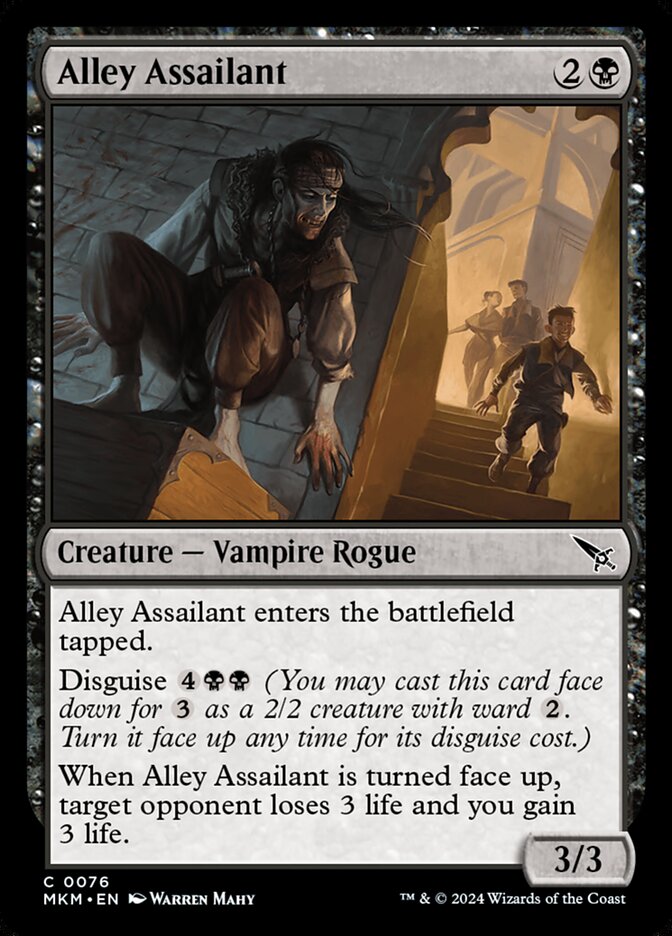
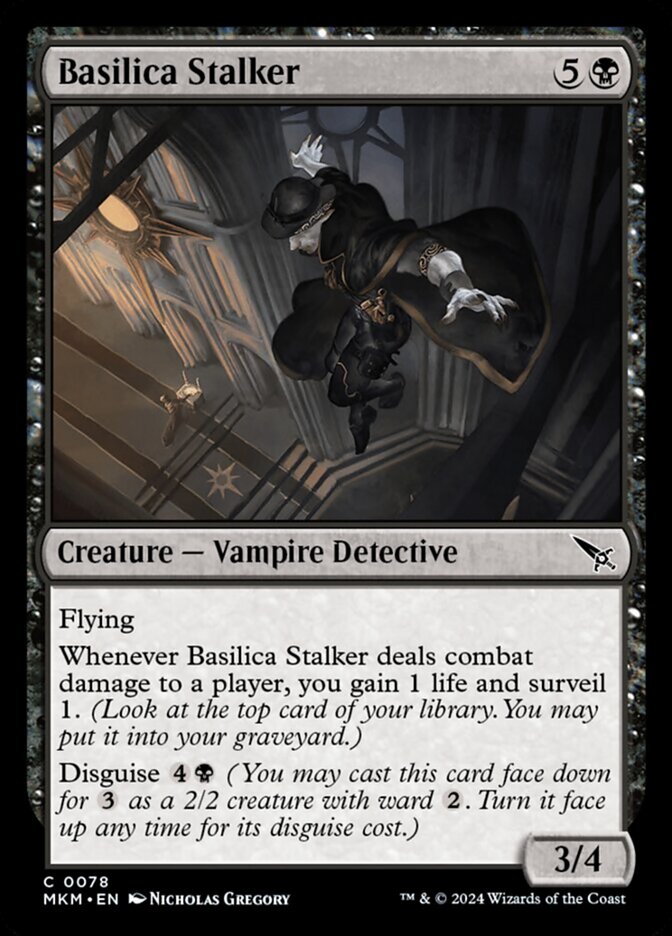
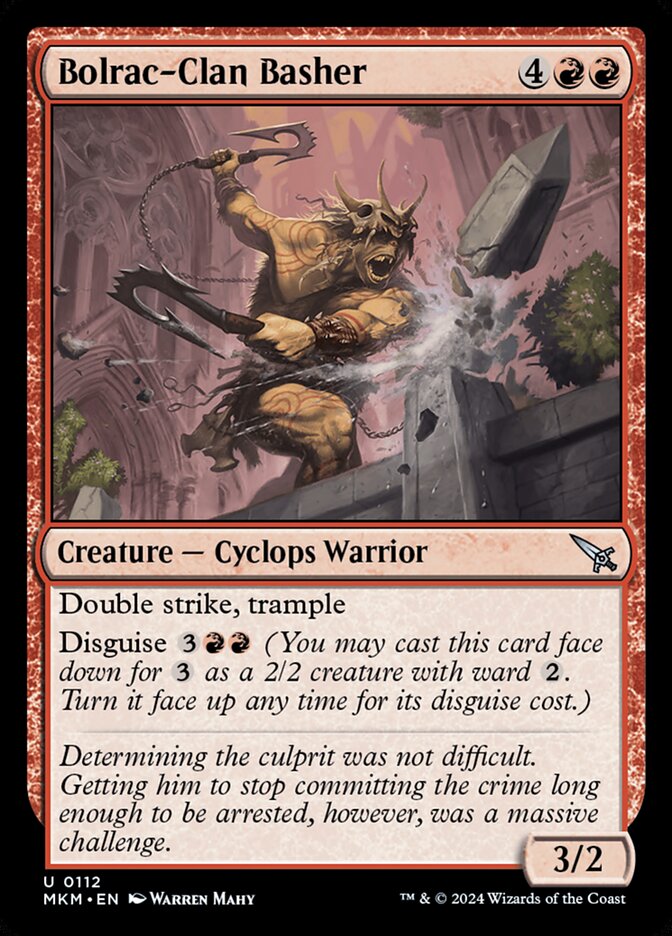
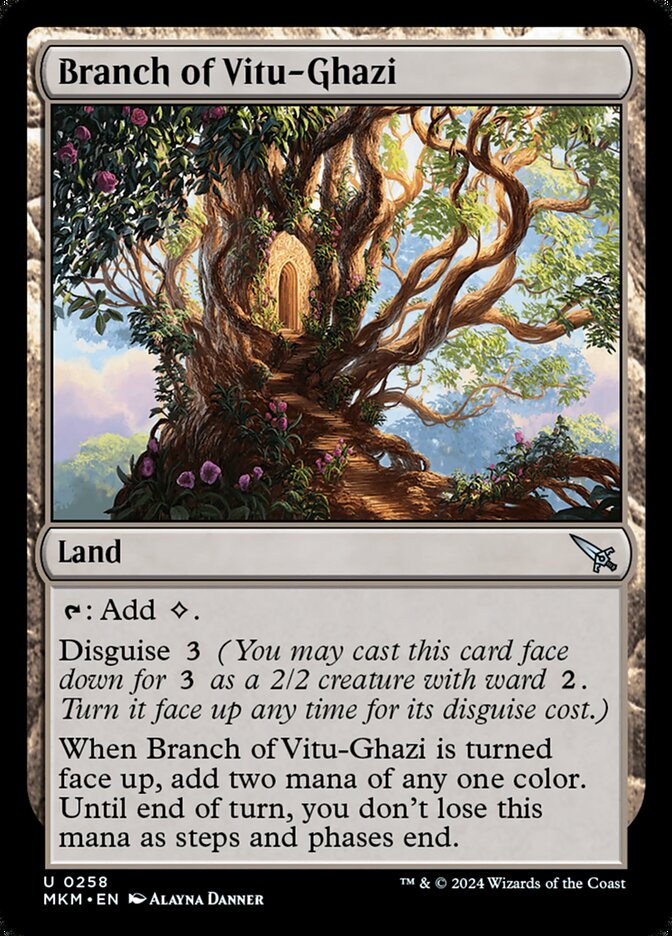
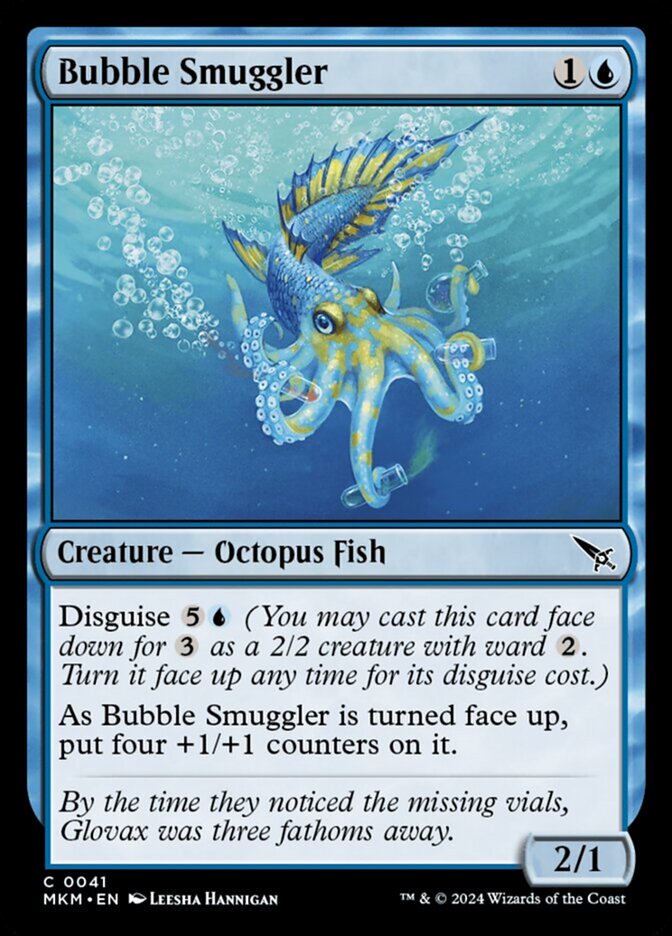
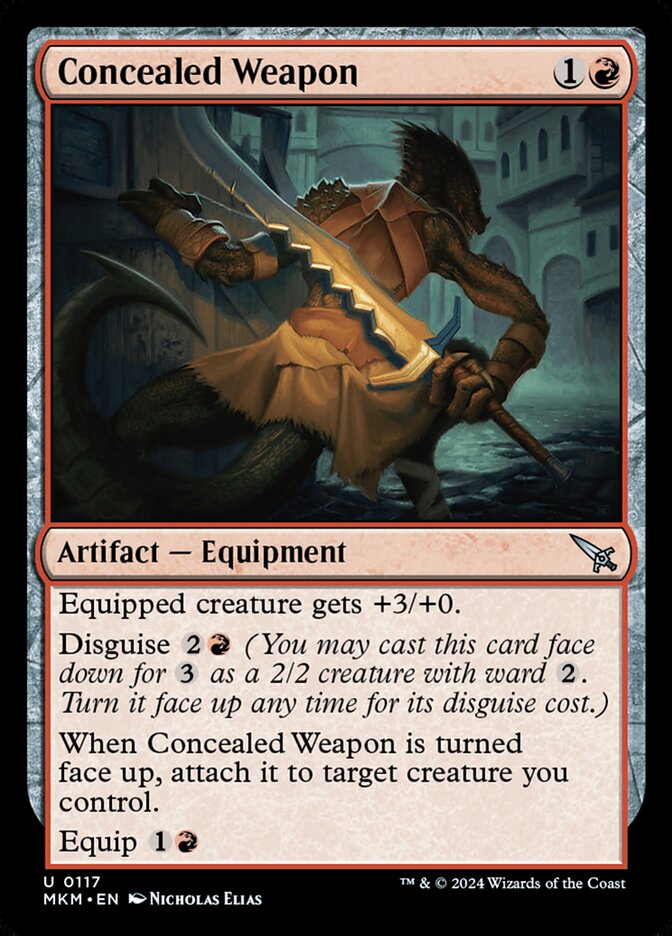
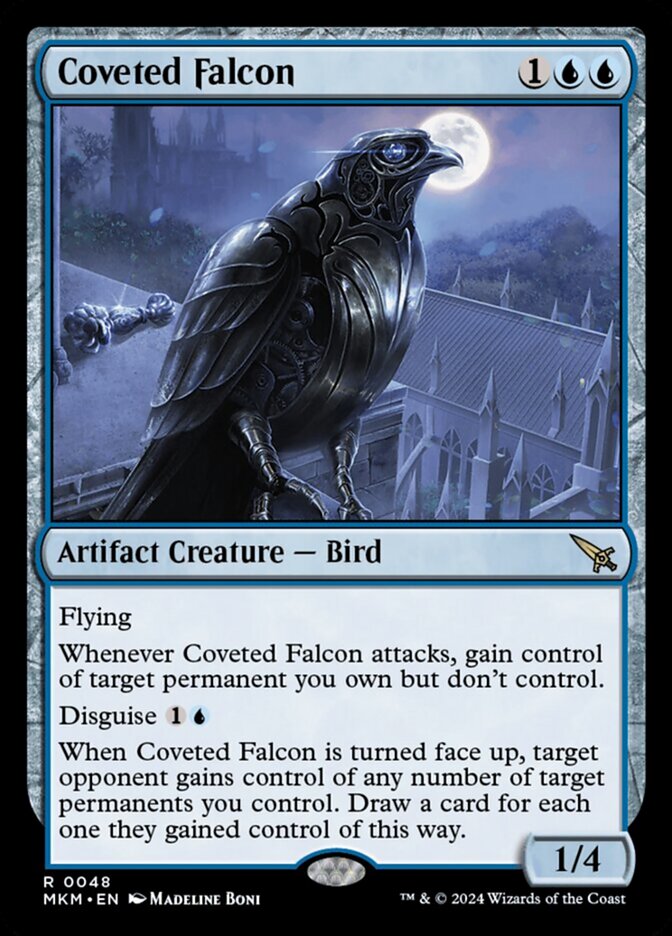
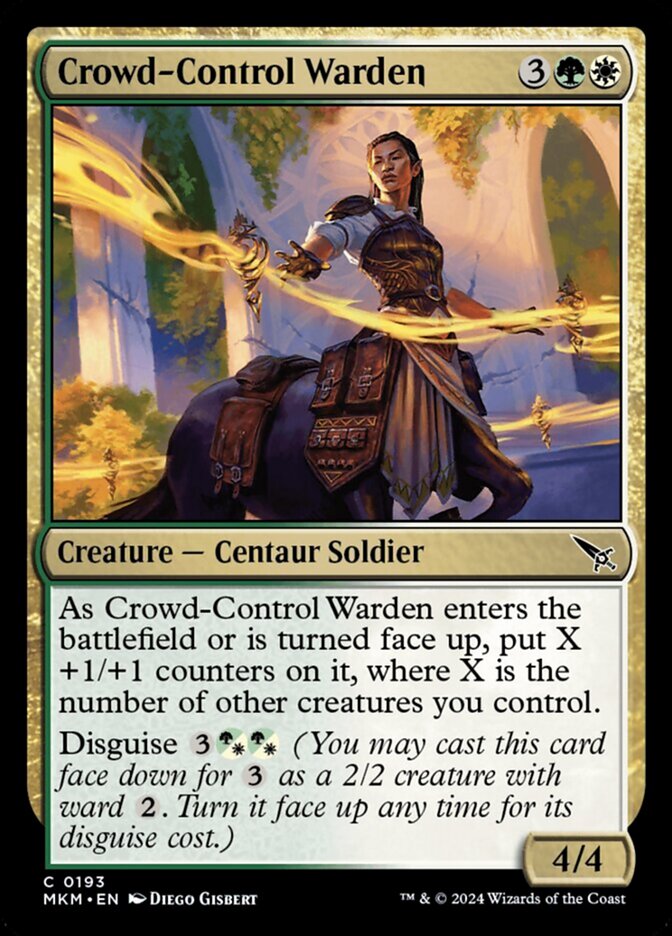
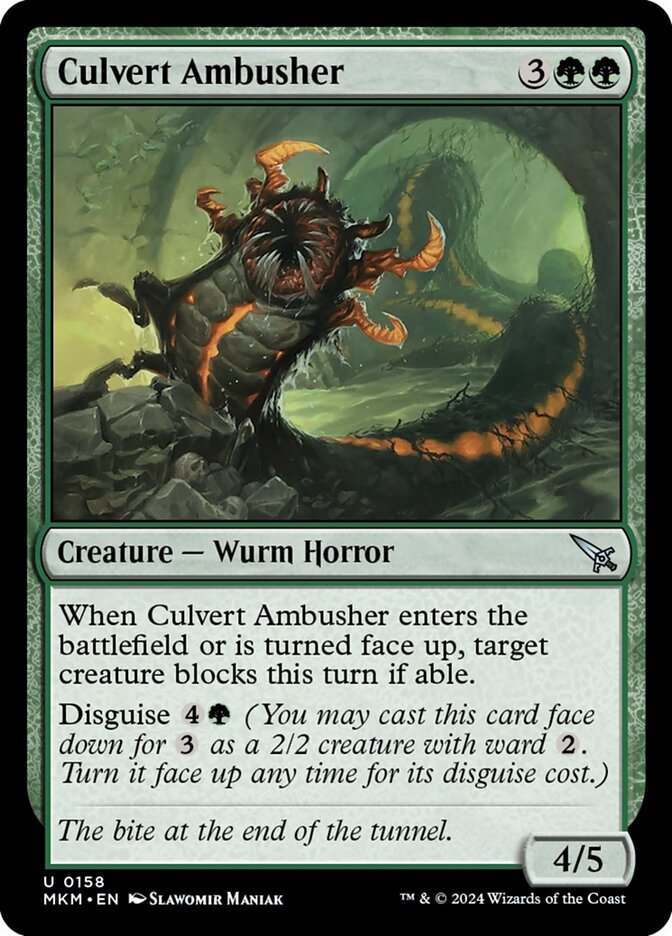
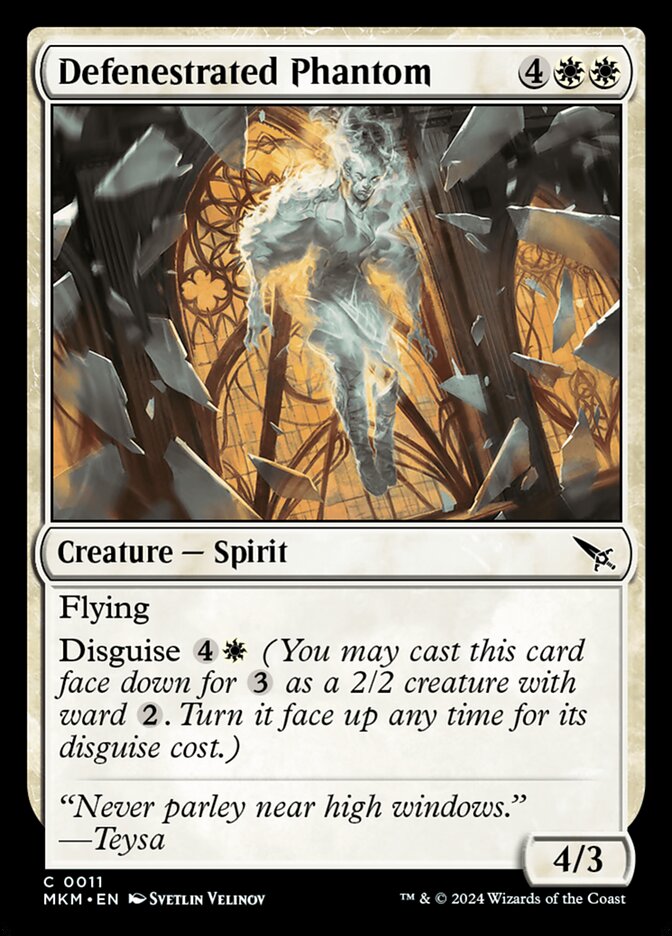
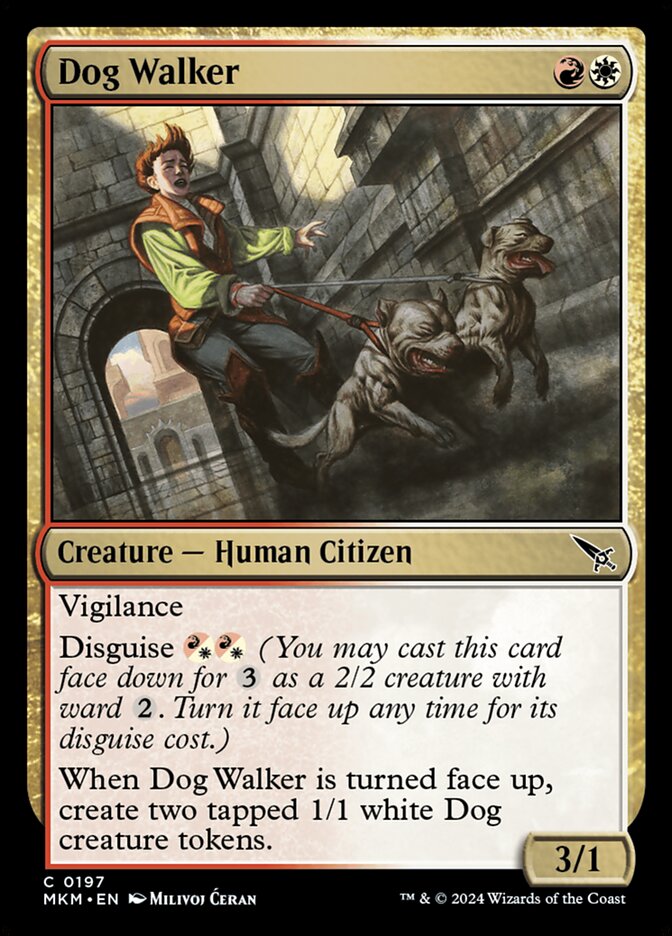
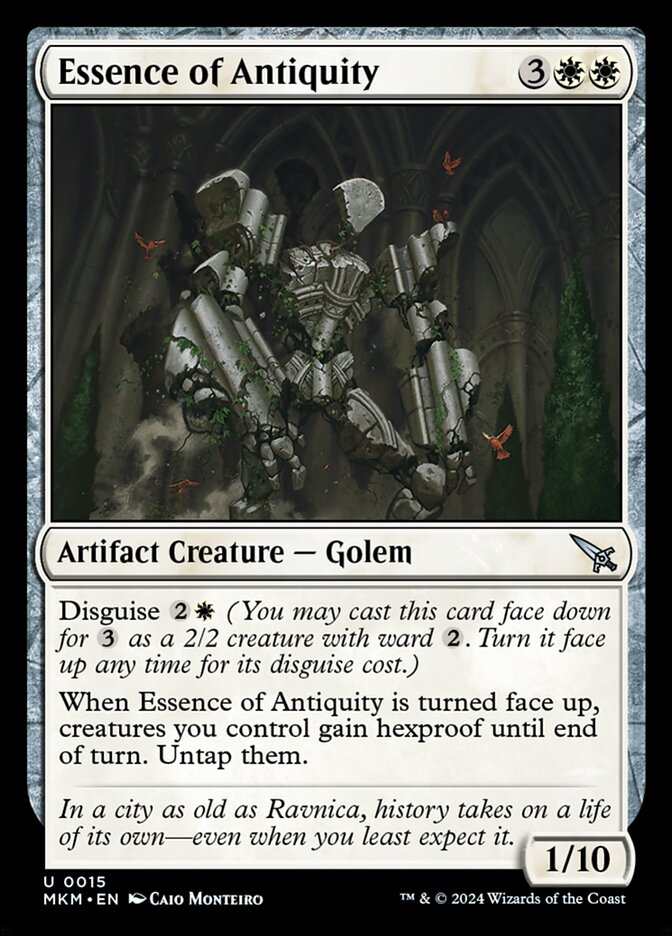
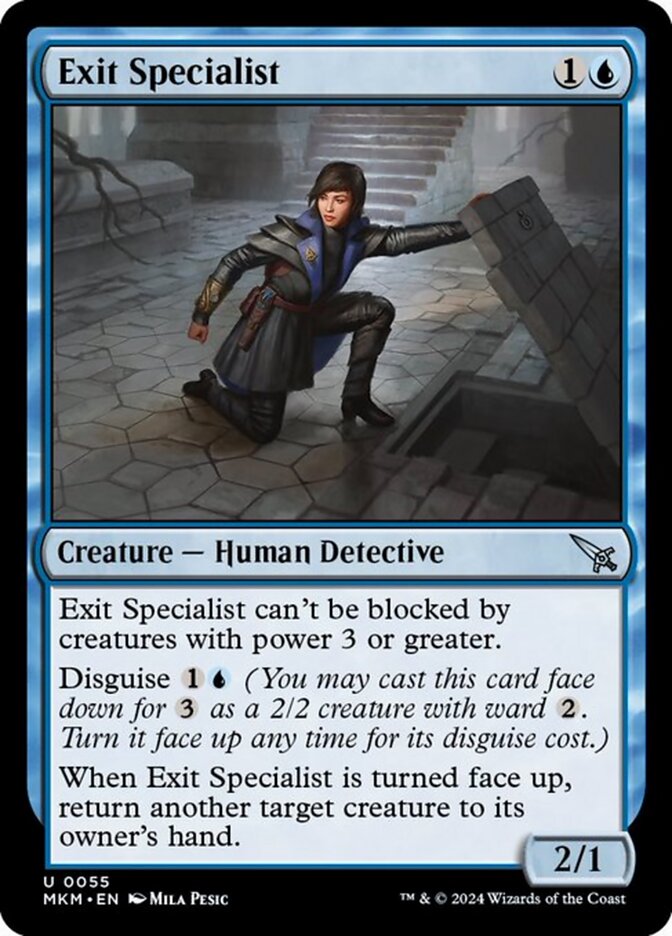
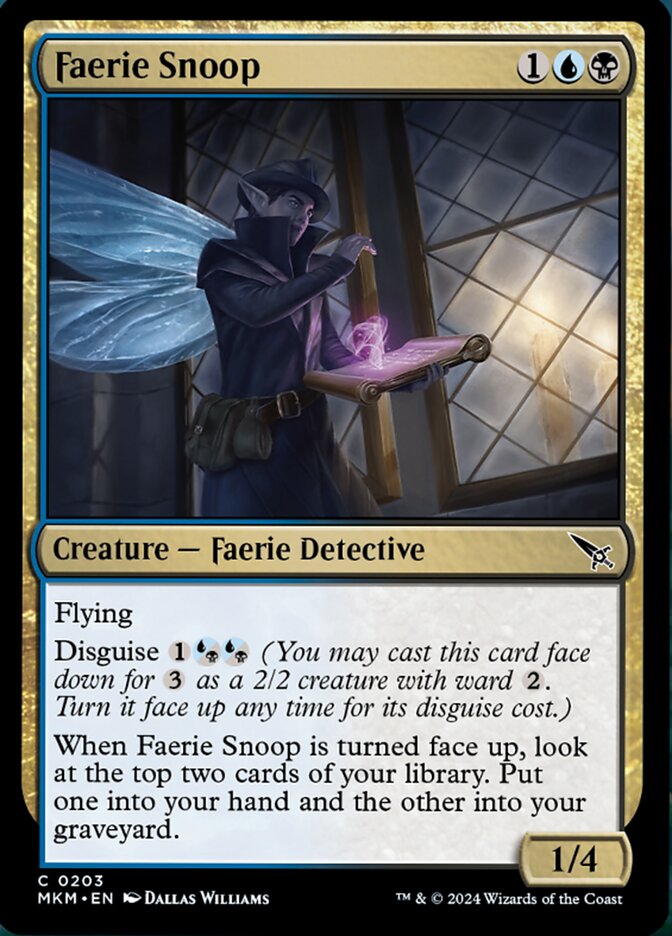
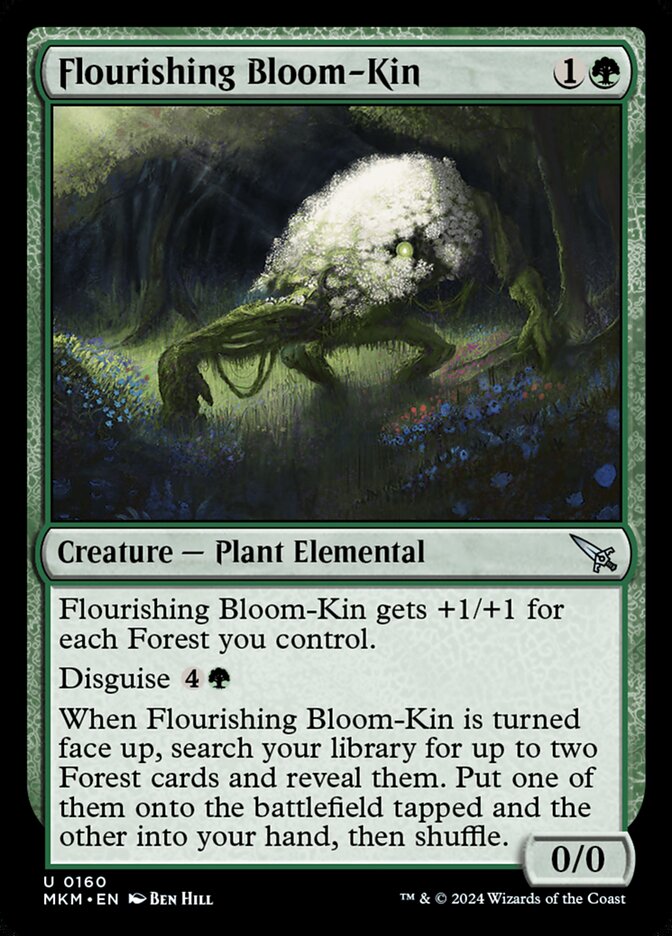

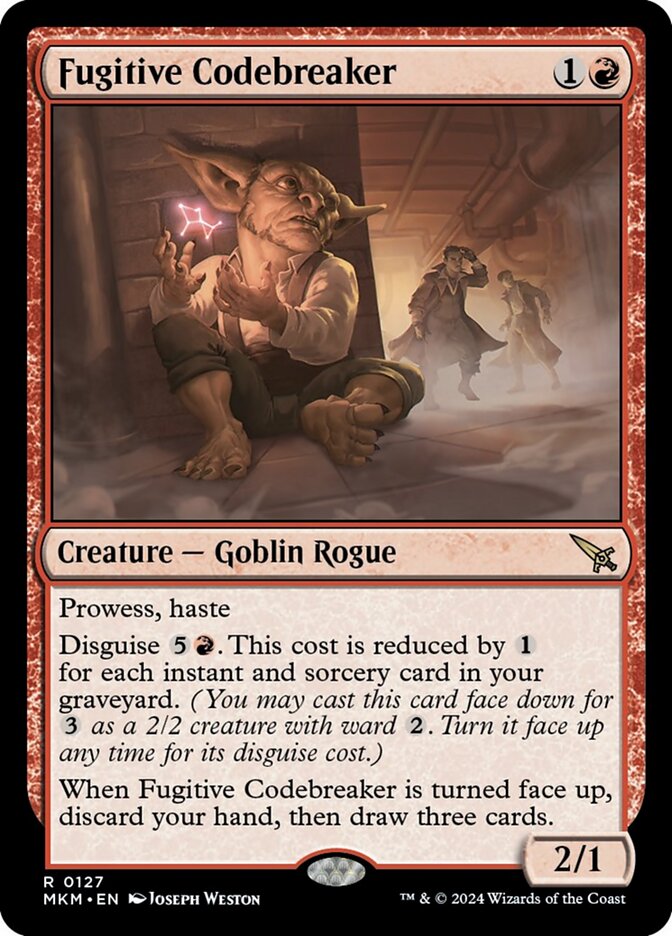

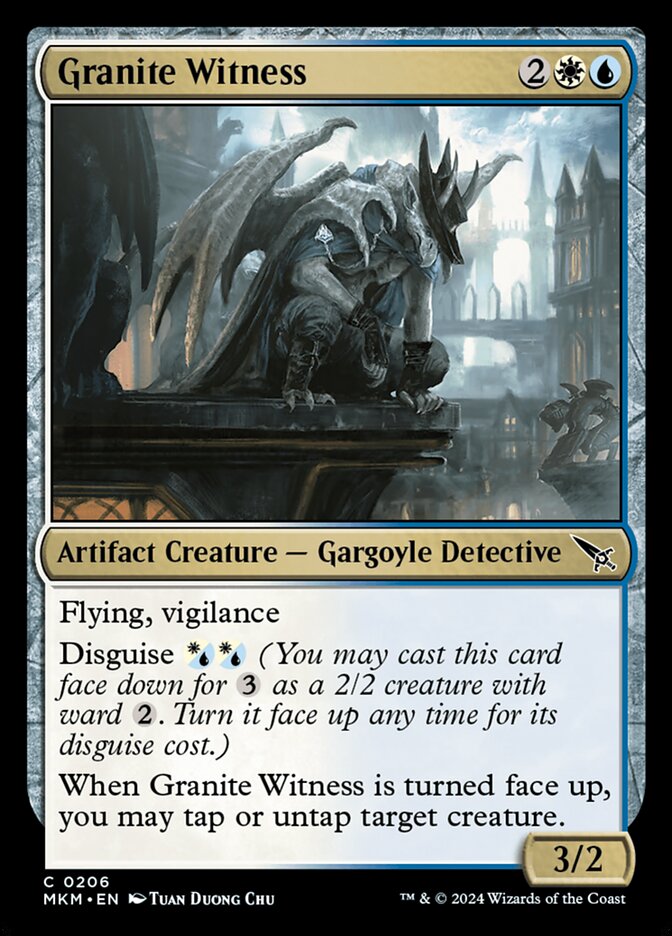
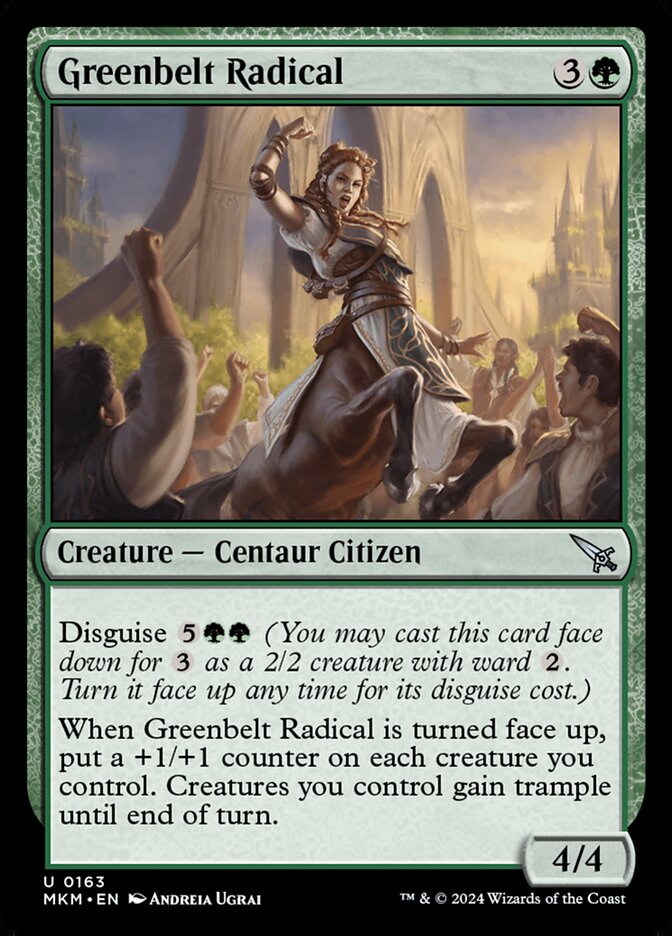
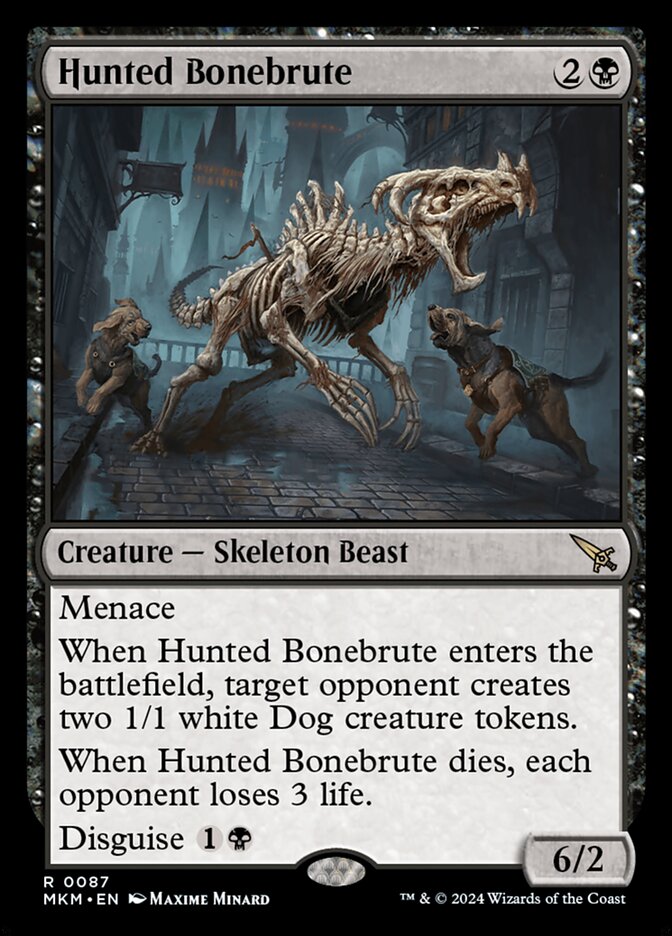
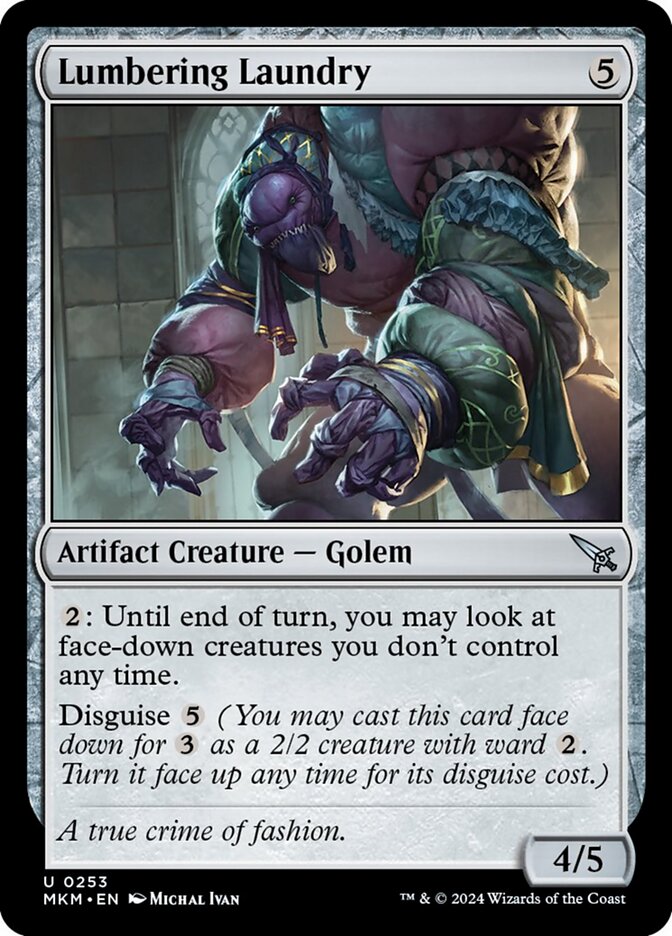
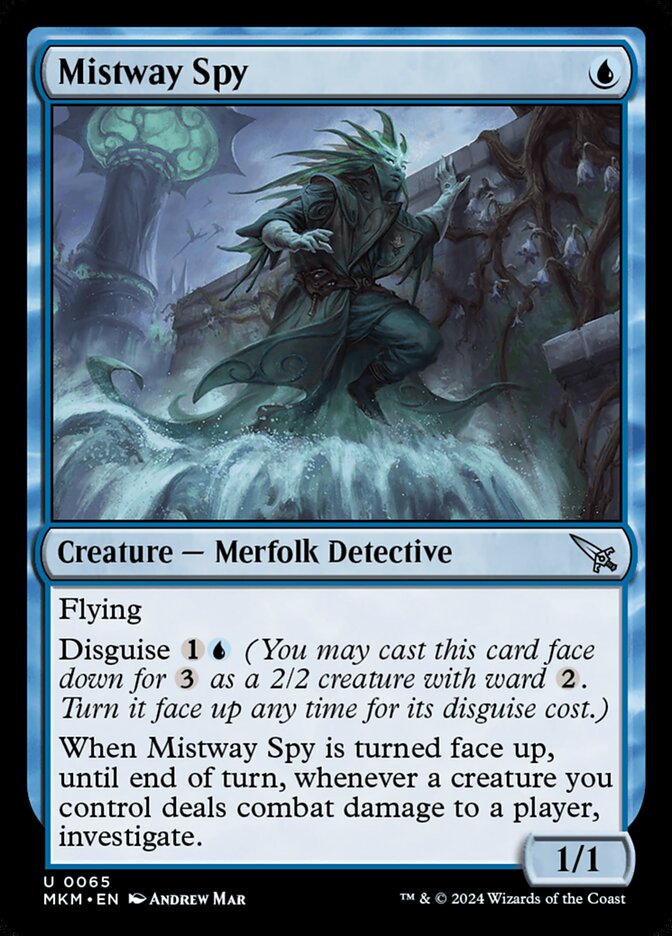

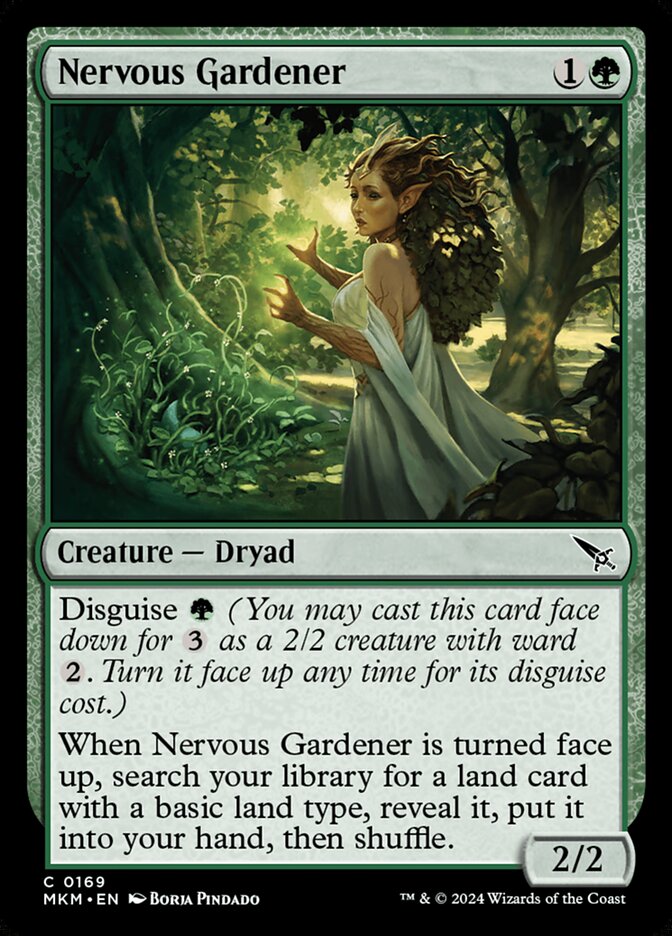

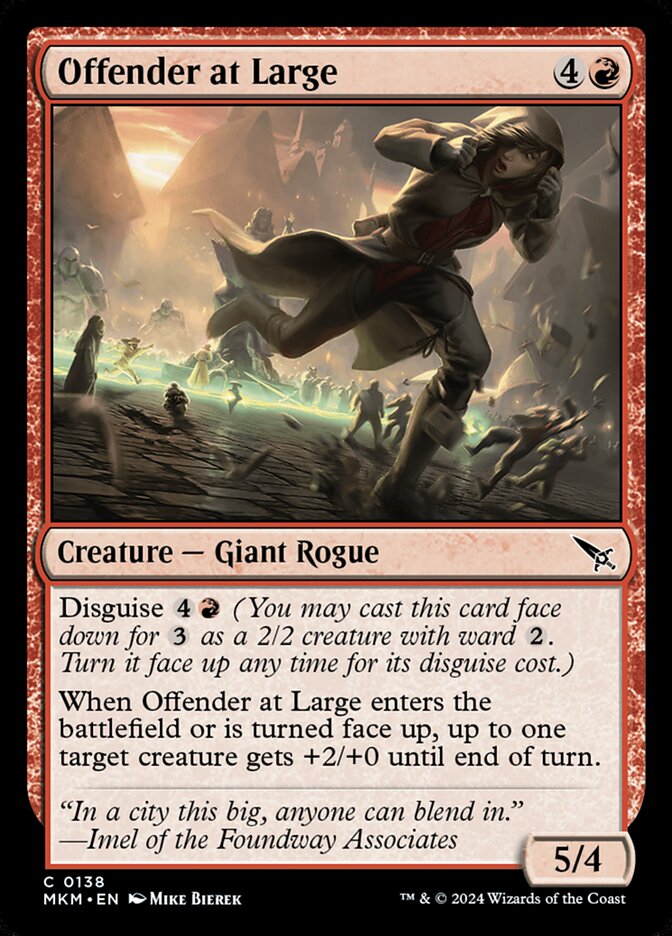
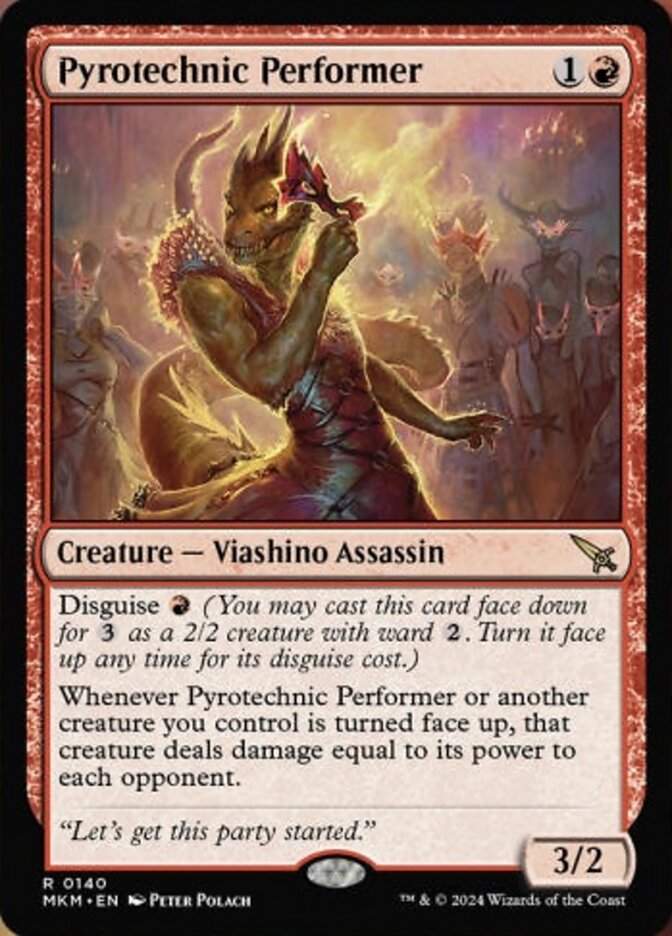

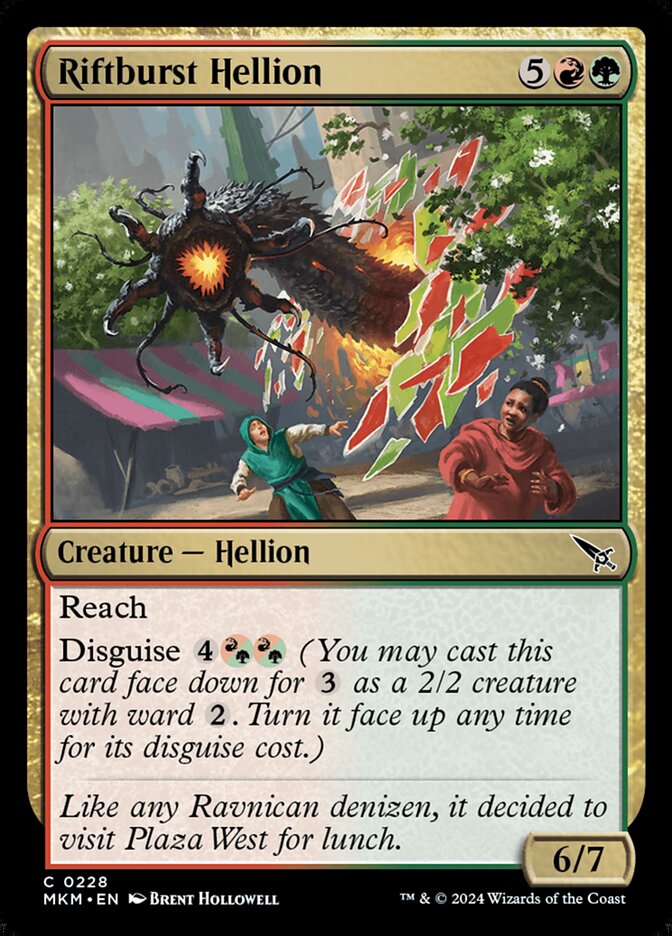

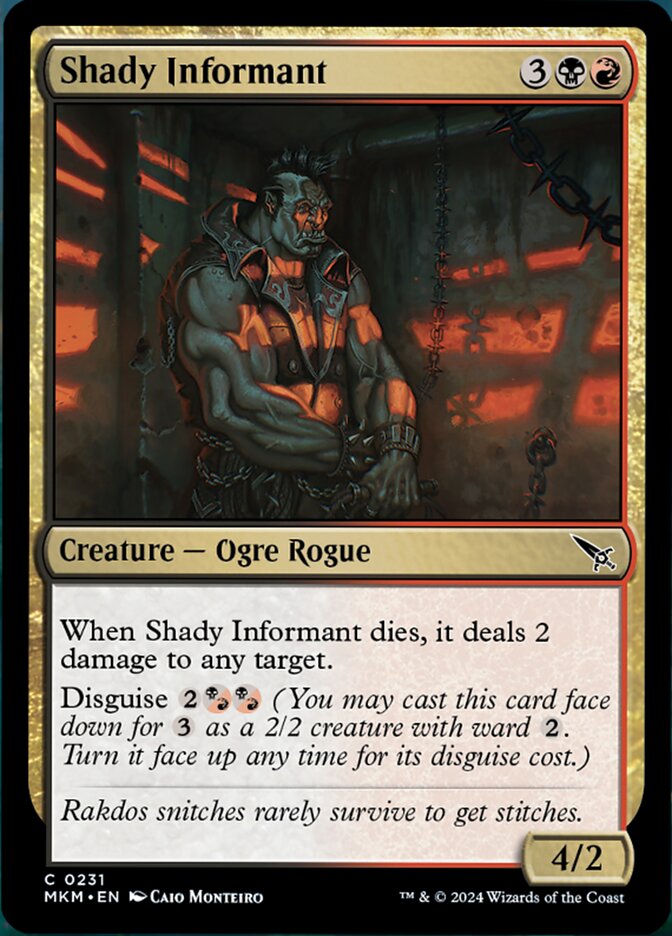
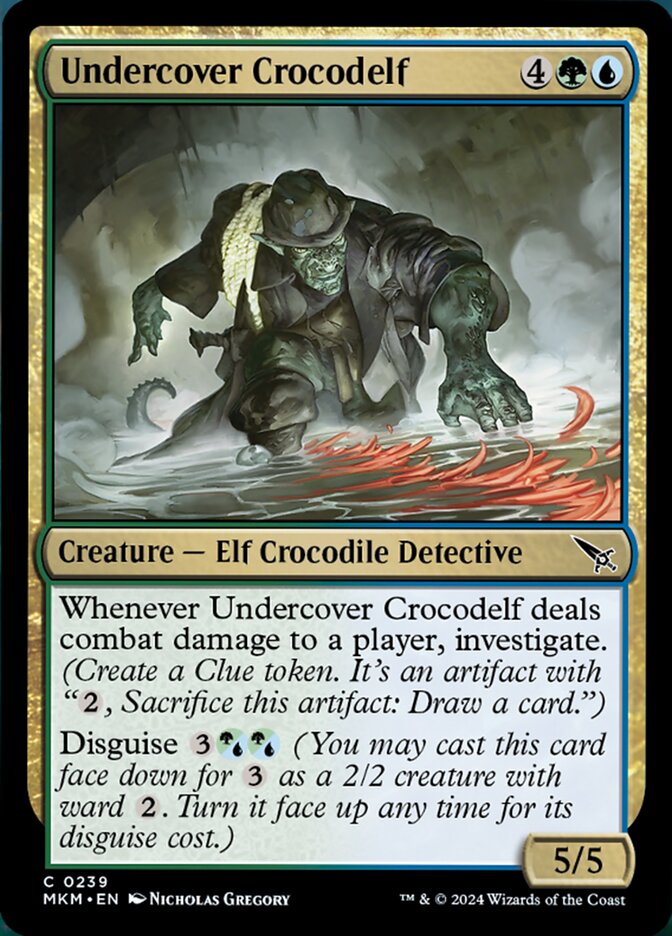
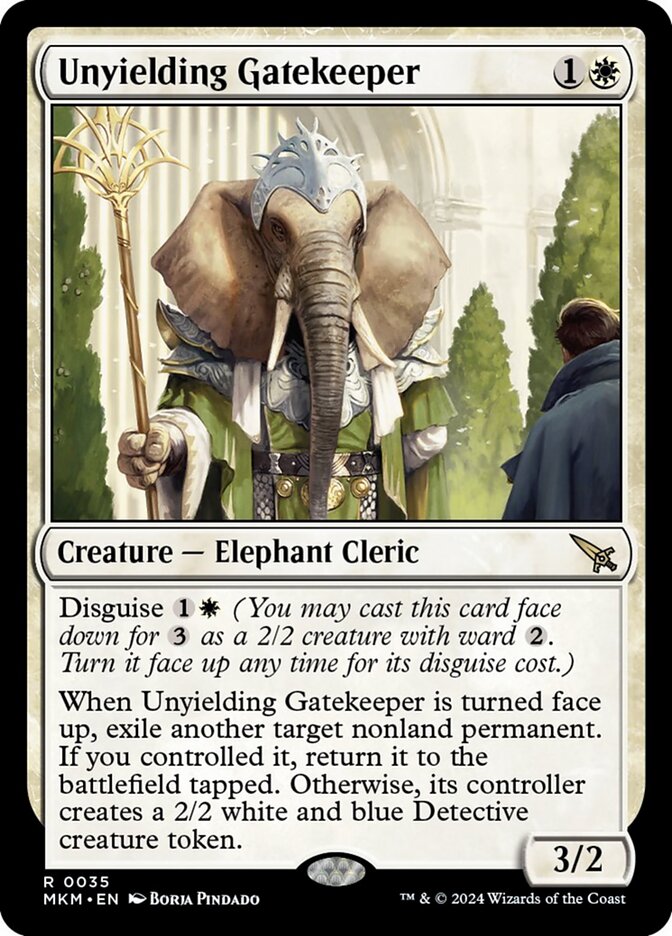
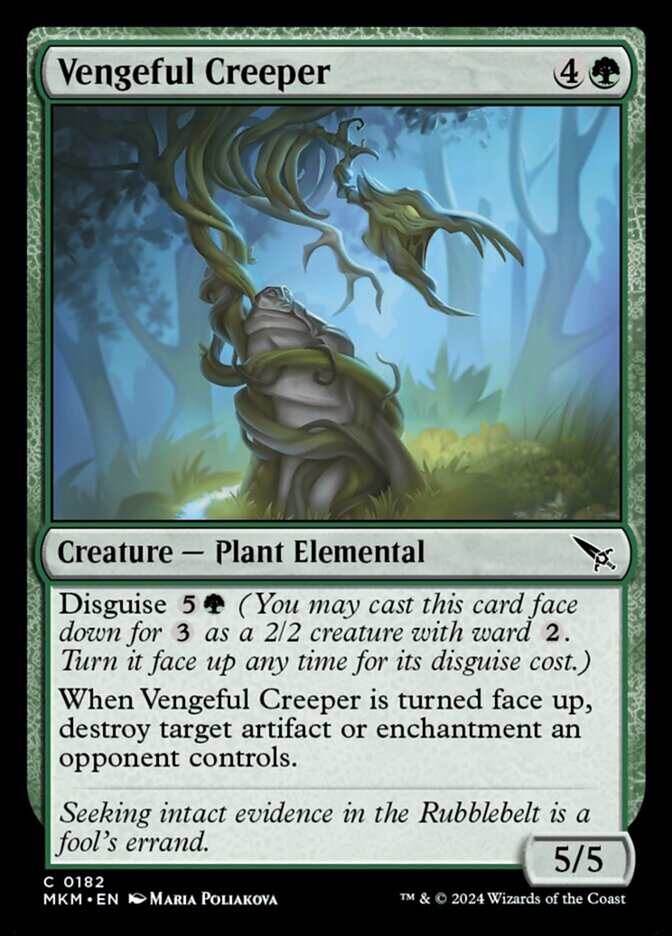



Add Comment